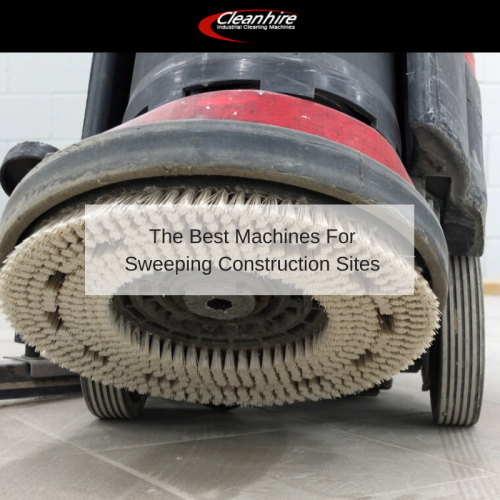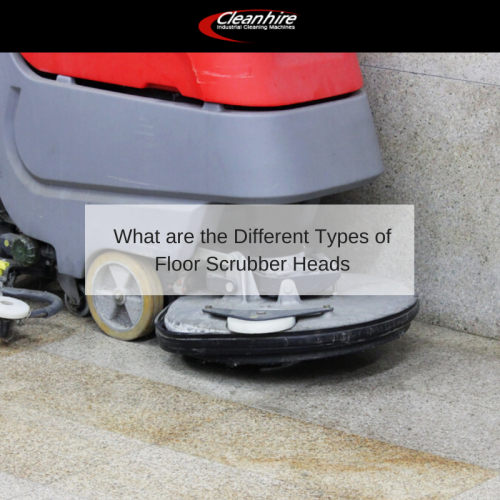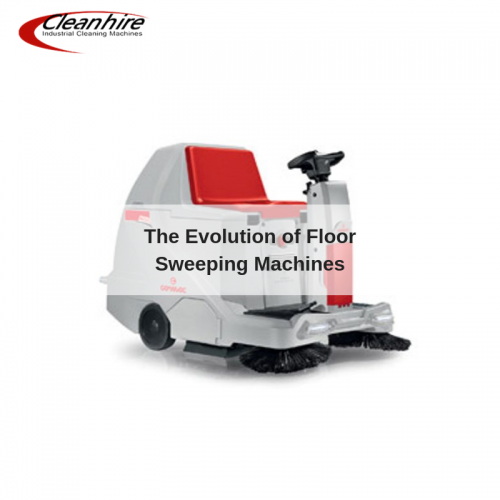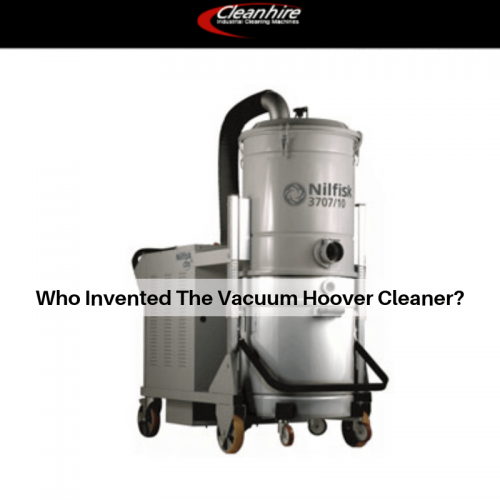There are several hazards associated with construction sites that might not be present within other locations such as a commercial environment. From silica dust and scrap metal to nails and small pieces of wood, it is important to understand which type of machines should be used with this type of debris.
Are certain configurations better than others? Let us examine some factors to keep in mind so that the correct unit can be employed for the task at hand.
Addressing the Debris in Question
The good news is that modern floor sweepers are built to last and designed to face tough on-site conditions. However, not all are intended for outdoor uses. One of the first issues to assess is the type of construction debris that needs to be addressed.
Will the machine be required to deal with smaller particulate matter or are larger materials present? This can help you to determine which model boasts the proper cleaning mechanisms as well as if certain parts (such as a sweeping unit or a squeegee) might be damaged during the cleaning process.
The Size of the Area
Floor sweeping machines are generally available in two configurations:
- Walk-behind models.
- Ride-on variants.
Ride-on sweepers tend to be heavier and more robust; perfectly suited if you happen to be dealing with a large environment (such as a newly built warehouse).
Walk-behind models may be more nimble due to their size. This is important to consider when dealing with tight spaces such as walkways and stairwells.
Important Accessories
Due to the demanding nature of construction sites, it is wise to choose a machine equipped with optional add-on accessories. For example, extra sweeping heads can be used to deal with more challenging cleanup tasks. More robust filters (such as cloth variants) are excellent when dealing with fine airborne particulate matter.
No task is too large or too small when working with the professionals at Cleanhire UK. Not only do we supply all of the most trusted brand names in the industry, but our machine hire service is often a welcome alternative for those who may be on a budget. Please contact us to learn more about what is in store.










